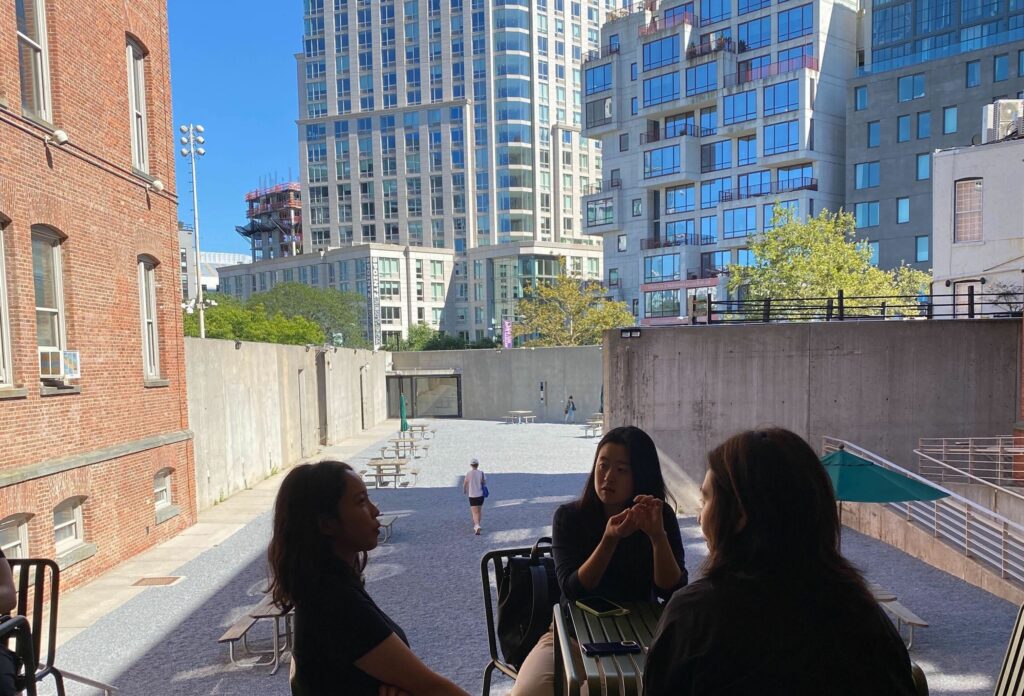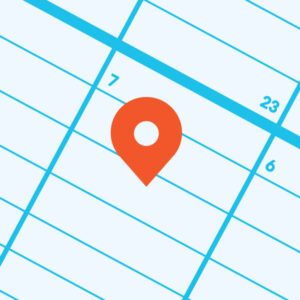This year, several MFA Interaction Design students received a department scholarship to attend Interaction 11 in Boulder, Colorado. Reporting on the first day is first-year student Tina Ye, who recaps the day’s festivities, as well as offering some great insights into interaction design as “a nascent discipline… truly in the midst of self-creation.”
Ah, Day 1 of my very first Interaction Design conference at Boulder, CO! After attending a full day of talks on topics ranging from a return to “enactive” thinking (Bill Verplank) to the development of social currency through Brazilian “cheesy techno” (Ana Domb), I’m simultaneously exhausted and energized. Out of all the interesting thoughts newly engendered and now enthusiastically colliding in my head, one thing surfaces with absolute clarity: interaction design, as a nascent discipline, is truly in the midst of self-creation.
The fact that our third talk was entitled “Explaining IxD to the Outside World” should be a clue. Speaker Carl Aviani astutely observes that most of the other design professions have a recognizable “character” in the popular imagination: the architect at his drafting table, the graphic designer pushing pixels in Photoshop, and so on. There exists none for interaction design, which explains why it’s so painfully difficult for us to answer the question “What is it that you do anyway?” However, I feel that this represents not so much a problem of self-definition, but a treasure box of potential.


Group Q&A with Session 1 speakers, from the MFA Interaction Design Interaction 11 Tumblr.
This potential was hinted at by two of the projects that were presented in the afternoon talks of Session 2A. The first is a mobile-based, citizen-driven reporting platform created by Erik Hersman, Ushahidi, which spawned CrowdMaps.com. The second is a workshop series designed by Carl DiSolvo (who does not call himself an IxDer) to reconfigure our “cultural imaginaries” of agricultural technology—the project is called growBot Garden. Both impact the world in important ways. One allows the immediate democratization of media in countries where reporting is often inaccurate, incomplete or masked by the government; the other challenges our assumptions about what agriculture’s technological needs are (hint: it’s not just gigantic grain harvesting machines) and creates technological tools that serve the needs of small-scale farming.
Neither of these projects were your “typical” interaction design end-products. But it’s clear that both make use of the skills that an interaction designer has: the ability to understand and represent complicated systems, perhaps through diagrams and narrative tools like storyboards. The ability to communicate intention to others through artifacts and models—essentially, prototypes. And of course, the ability to follow through and implement, via some combination of individual technical prowess and leveraging the power of teamwork. So I would go back and ask, what is a “typical” interaction design end-product anyway?
After the first segment of talks today, there was a panel discussion about defining the “materiality” of interaction design that seemed to go nowhere. Is it simply documentation? Is it borrowed from other disciplines? Is it pen and paper or bits and bytes? One possible conclusion: it’s just turtles all the way down. At moments like this, I wonder why we why spend so much time defining what it is that we do. The “materiality” of our profession is whatever we use our broadly applicable but finely honed skills to make, whether that’s a website, a DVD menu, a flowchart… or a platform for citizen action and a community-driven workshop. It is these diverse manifestations of our abilities that makes this profession so exciting to be a part of.
Our abilities define the work we make, not the other way around. So, after today, I look forward to just going out there and using the tools, methodologies, and strategies we’ve been learning in school to “materialize” many different kinds of great work.
–Tina Ye, Class of 2012Students will be covering the conference over the weekend. Check back for more posts to come!


